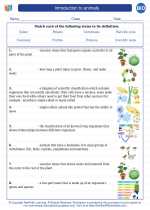Reflexes
In biology, reflexes are automatic, involuntary responses to stimuli that help to protect the body from harm. These responses are quick and occur without conscious thought. Reflexes are controlled by the nervous system and can be either spinal reflexes, which are mediated by the spinal cord, or cranial reflexes, which are mediated by the brain.
Types of Reflexes
There are several types of reflexes in the human body, including:
- Stretch Reflex: This reflex occurs in response to stretching of a muscle and helps to maintain muscle tone and posture.
- Withdrawal Reflex: Also known as the flexor reflex, this reflex causes the body to quickly move away from a harmful stimulus, such as touching a hot object.
- Rooting Reflex: This reflex is commonly seen in infants and causes them to turn their head and open their mouth when their cheek is stroked, helping with breastfeeding.
- Pupillary Reflex: This reflex causes the pupils of the eyes to constrict in bright light and dilate in dim light to control the amount of light entering the eye.
Neural Pathway of Reflexes
When a sensory receptor detects a stimulus, such as pain or pressure, it sends a signal to the spinal cord or brain. In the case of a spinal reflex, the signal is processed in the spinal cord, and the appropriate motor response is sent back to the muscles, causing the reflex action. In the case of a cranial reflex, the signal is processed in the brainstem or higher brain centers before the motor response is initiated.
Study Guide
To understand reflexes better, it is important to study the following:
- The structure and function of the nervous system, including the roles of sensory and motor neurons.
- The different types of reflexes and their physiological significance.
- The neural pathways involved in reflex arcs, including the roles of the spinal cord and the brain.
- Common reflex tests used in clinical examinations, such as the knee-jerk reflex and pupillary reflex.
- The differences between voluntary and involuntary movements, and how reflexes fit into this classification.
Understanding reflexes is important not only in the field of biology but also in healthcare, as abnormal reflexes can indicate underlying neurological issues. By studying reflexes, you can gain insight into the intricate workings of the nervous system and its role in protecting and maintaining the body.
.◂Biology Worksheets and Study Guides High School. Introduction to animals
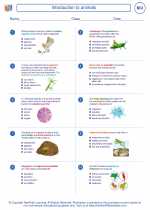
 Worksheet/Answer key
Worksheet/Answer key
 Worksheet/Answer key
Worksheet/Answer key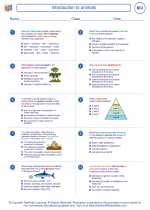
 Worksheet/Answer key
Worksheet/Answer key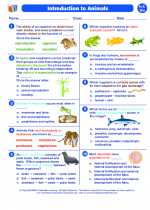
 Vocabulary/Answer key
Vocabulary/Answer key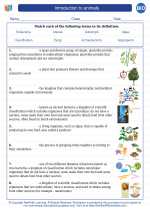
 Vocabulary/Answer key
Vocabulary/Answer key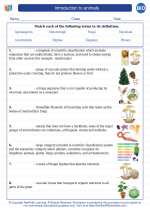
 Vocabulary/Answer key
Vocabulary/Answer key